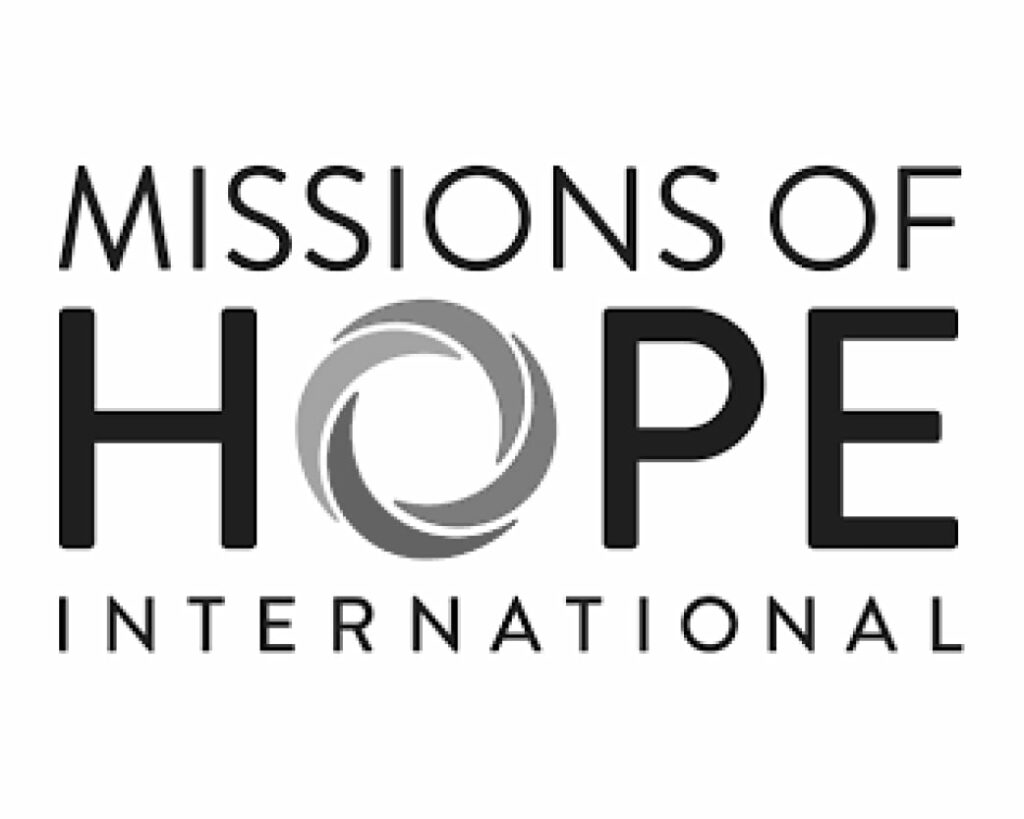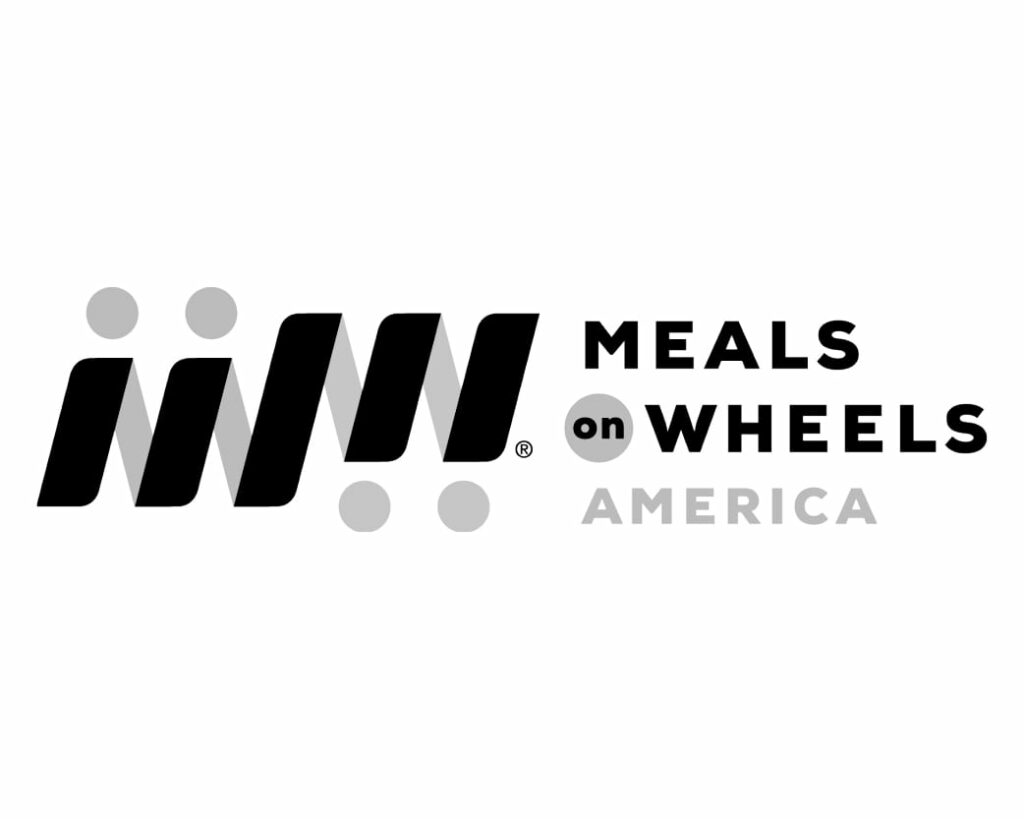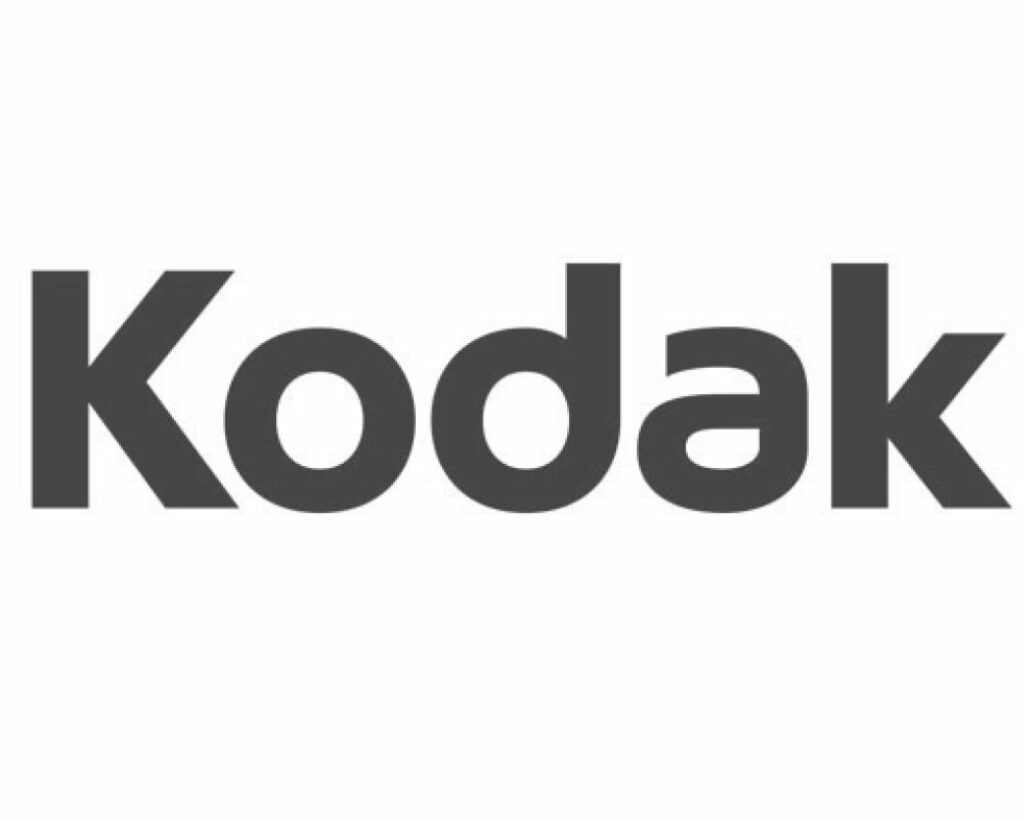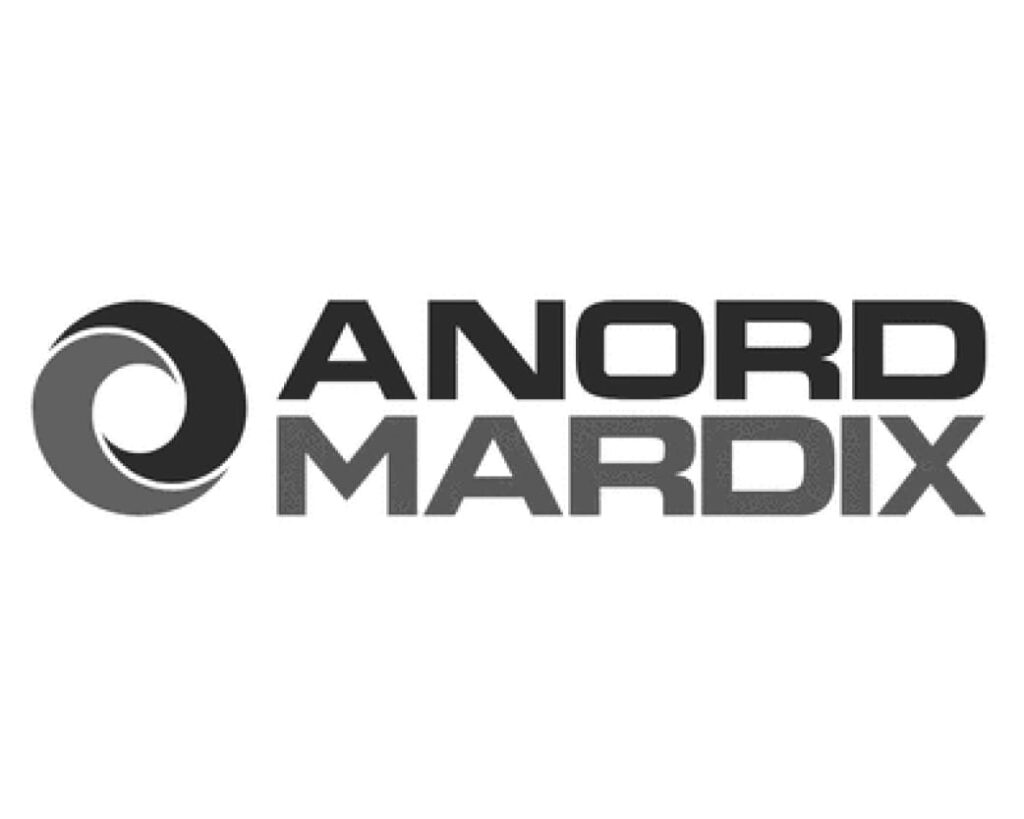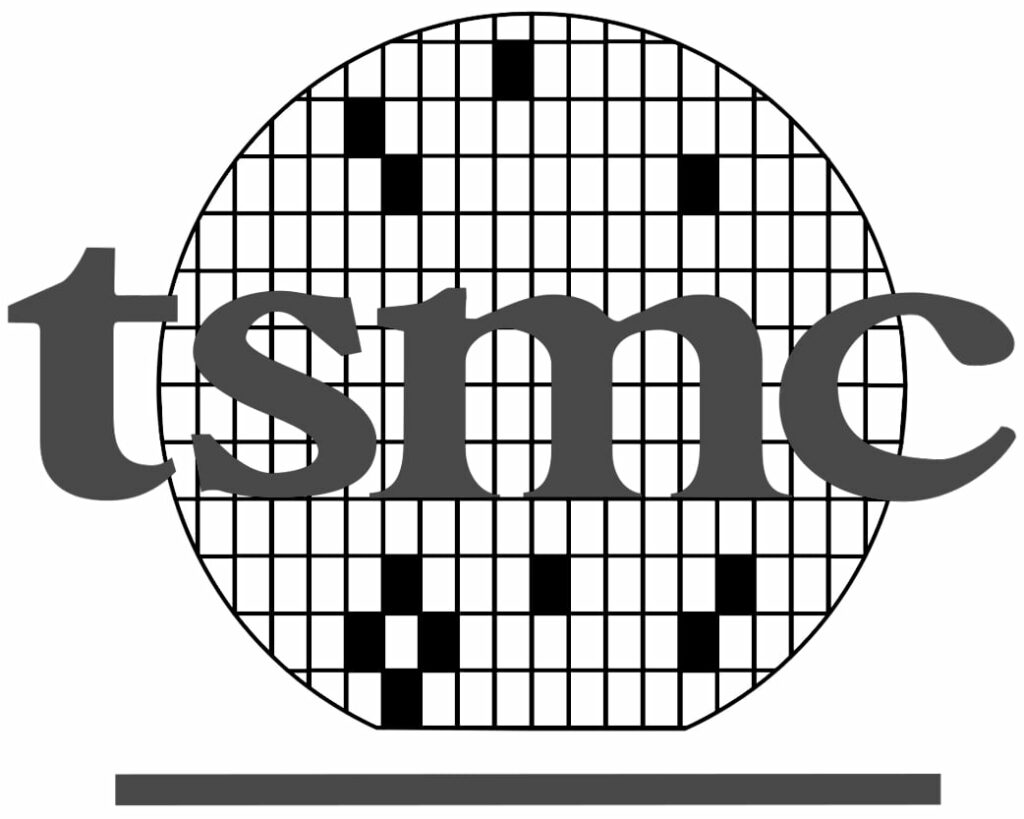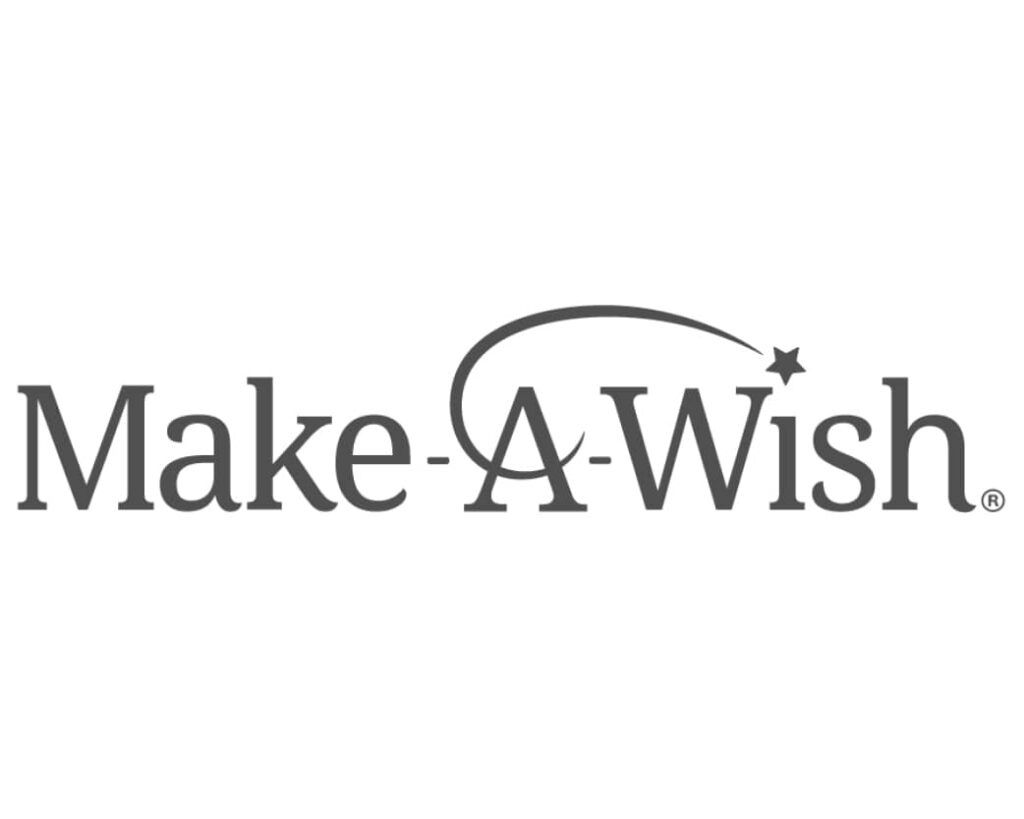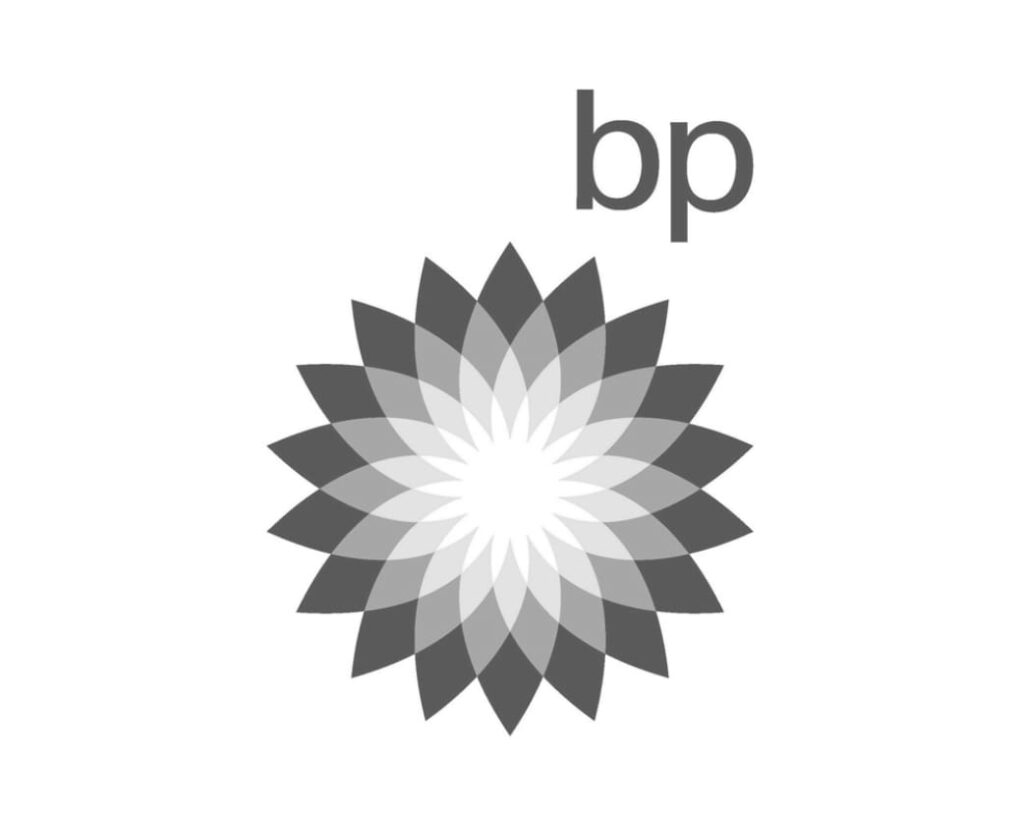Business Form Printing Services
PriorityPrintService.com is the best way to get your business form printing. Our range of paper options, combined with customer service, flexible order quantities, and free shipping make us the most reliable choice for ordering business forms.
Here’s some things to keep in mind when ordering.
- Not all business forms can support bleeds (when printing is off the edge of the sheet). So be sure to read the product descriptions to know what you’re getting into.
-
These are the papers available for online ordering, more papers are available via a custom quote:
- NCR forms can be bound in books consisting of 25, 50, or 100 sets.
- Automated Numbering may also be an option, but requires a custom quote.
Business Forms are still a popular way to leave estimates, invoices, and correspondence with your clients. In fact, many customers appreciate being presented with something physically in writing in addition to a digital copy.

